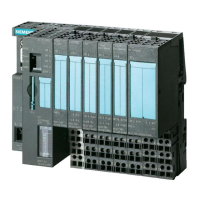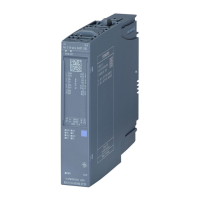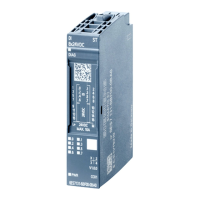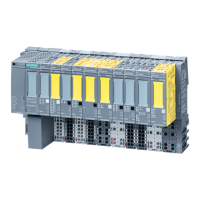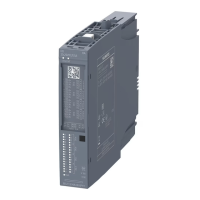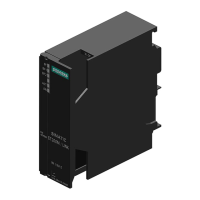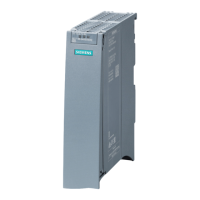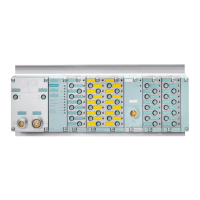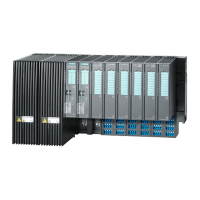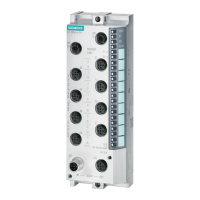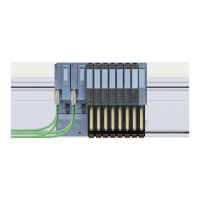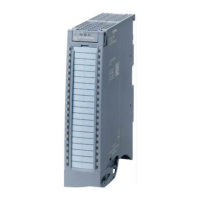ET 200SP F-TM Count 1x1Vpp sin/cos HF (6ES7136-6CB00-0CA0)
68 Equipment Manual, V1.0, 01/2021, A5E47073911-AA
Interrupts/diagnostic messages
6.1 Reactions to faults
Reactions to startup of the fail-safe system and to faults
The fail-safe concept depends on the identification of a safe state for all process variables.
The safety function requires that safe state values be applied to the fail-safe channel instead
of process values (passivation of the fail-safe module or channel) in the following situations:
• When the fail-safe system is started up
• If module faults are detected, such as RAM or processor failures
• If errors are detected during safety-related communication between the fail-safe CPU and
the fail-safe module through the PROFIsafe safety protocol (communication error)
• If module channel faults occur (for example, N signal plausibility monitoring or
discrepancy errors)
The fail-safe CPU enters detected system faults into the diagnostic buffer.
Automatic safety measures and the PROFIsafe protocol ensure that the safe state is set if the
system detects a fault.
Fail-safe modules do not remember errors upon power cycle. When the system is powered
down and then restarted, the modules detect any faults that still exist.
Fail-Safe value for fail-safe modules
If the F-TM Count module input channel is passivated, the fail-safe system always provides "0"
values for the count value, measured value, and event and status bits.
Timeout of the PROFIsafe message (F-monitoring time exceeded) passivates the module.
Response to faults in the fail-safe system
You should prepare maintenance procedures for your system to assure that returning to
operation after a detected fault is controlled and documented.
The following steps must be performed:
1. Diagnosis and repair of the fault
2. Revalidation of the safety function
3. Recording in the service report
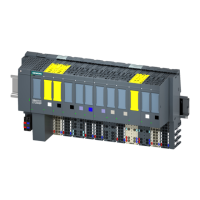
